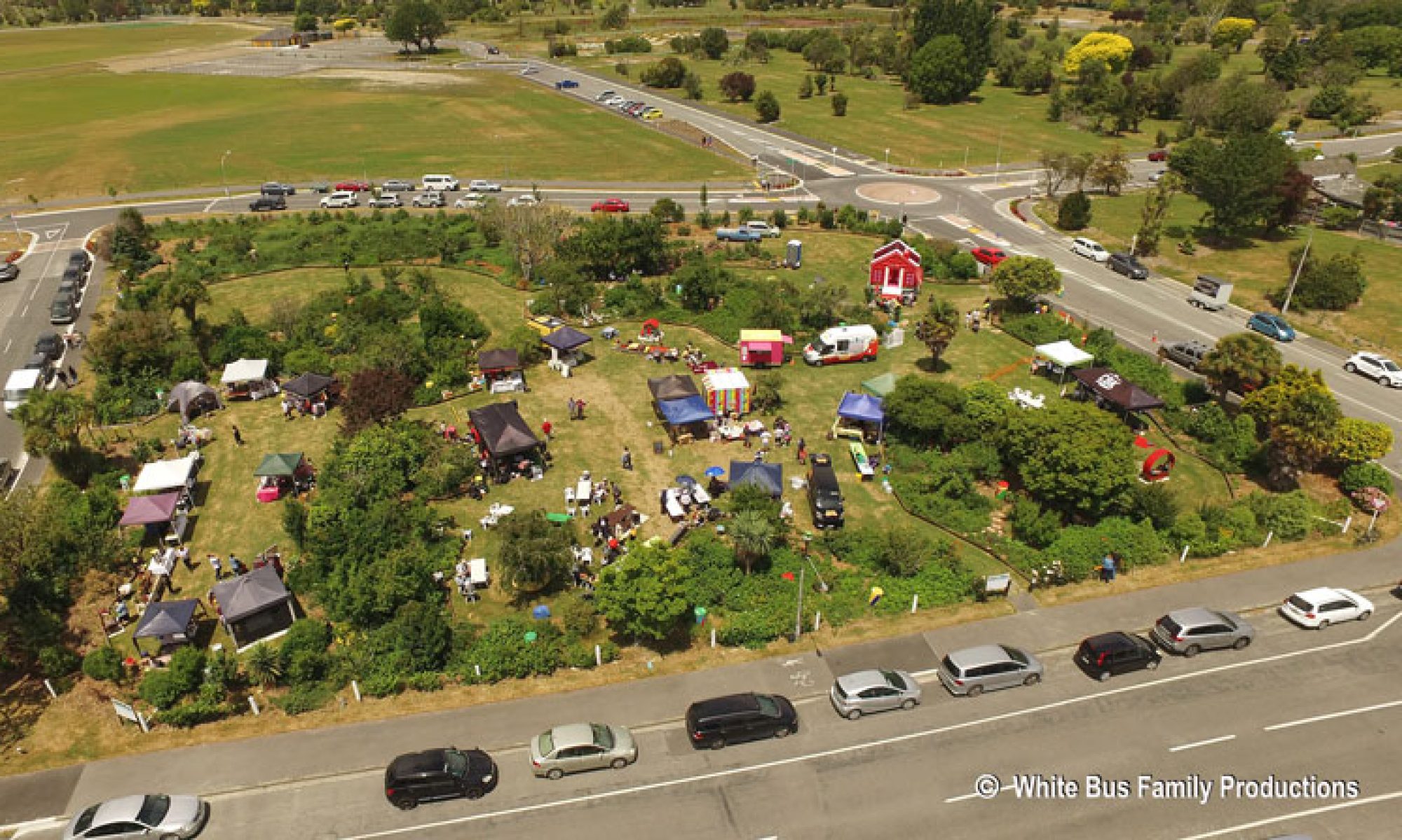A mature Food Forest is comprised of taller canopy trees, usually nuts and fruits, with a sub-canopy of berries and shrubs, followed by herbs and veggies below.
In New Zealand Food Forest consists of 5-7 Layers. More if you include marshes and mushrooms!

Every forest in the world has a minimum of seven layers. (Some tropical and subtropical forests have up to nine layers and depending on how we classify layers, bacteria and fungus can hold additional layers as well). What is amazing is that when the order of life is realized in a natural system and the chaos is then seen to be designed, we can then maximize our efforts to build long term food security systems such as food forests. To summarize we can plant a large percentage of each layer of the forest with food, fruit and nut species. At the same time, also planting a high percentage of legume or nutrient/dynamic accumulating species that put the nutrients back into the forest which feed the food producing species.
The seven layers of life in a forest:
Overstory Tree Layer
Can also be called the canopy layer. This layer is the long term/apex strategy of the food forest design. It was Kay Baxter of New Zealand who was the first to suggest planting all the layers at the same time to reduce energy input. We have done it that way since.
Understory Tree Layer
Every layer fills a niche of sunlight in the forest and this layer is no exception. This layer sits underneath the canopy layer and in a farming scenario can be overstocked with income generating production species such as coffee or olives. (tree species depends on climate region)
Shrub Layer
Also called the brush layer. This layer is underneath the understory and is usually what is called thicket in some parts of the world because it is what makes it difficult to get through a densely populated forest. When stacked with Siberian pea shrub and blueberries it can be managed well. (again species chosen by climate region)
Herbaceous Layer
The understory, shrub layer, and herbaceous layer can sometimes be confusing because there are some small trees that look like bushes and some herbaceous plants such as bananas that look like small trees of visa versa. This layer along with the shrub layer (if planned right) can produce both annuals and perennials in a food forest farming scenario for abundant production.
Ground Cover Layer
Also called the horizontal layer. At the beginning stages of a food forest, this layer will look very weedy because we will fill it with annual rampant leguminous species that will dominate and die off every season. After 5 or so years we want to make sure to put in a perennial species that halts soil erosion, if possible provide nutrient, and also be visually aesthetic.
Root Layer
Also called the vertical layer. This layer is also called the rhizosphere. This layer can be part of other layers whose vines, trunks, or leaves come up out of it. This layer is unique as well because we can design a root layer for both production of food and also soil life creation. The root layer, when filled with biodiversity, creates pathways for water and air that no machine can do over time which in turn inoculates life into the soil.
Vine Layer
Nature is balanced. However, when we look at all the niches in the forest – the species do fight for sun real estate. Vines have adapted to use the other species in other layers as structural support and climb up them to maximize sun exposure. When designed with food in mind, this layer can work with the other layers for maximum abundance.
Here are examples of Food Forest guilds









You must be logged in to post a comment.